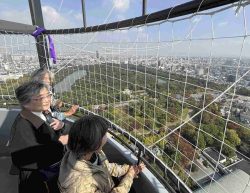Allure of Japanese Castles According to Castle-Maniac Comedian; Look Beyond Main Keeps, Stone Walls
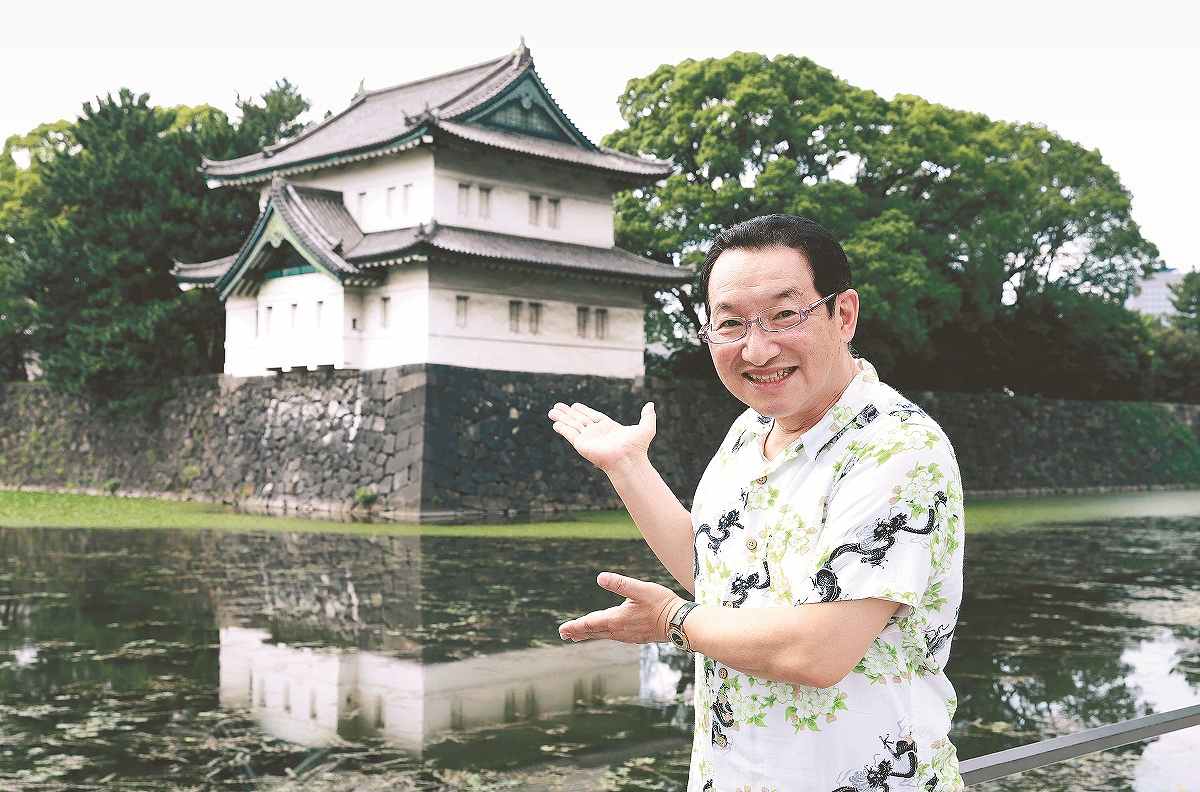
Shunputei Shota points at the Tatsumi-yagura tower of the Imperial Palace in Chiyoda Ward, Tokyo. “There is a hole in the protruding part in the middle, from which stones were dropped for defense,” Shota explained.
7:00 JST, November 11, 2024
There has been an unprecedented boom in the popularity of Japanese castles. According to the Japan Castle Foundation, which released a list of Japan’s 100 best castles in 2006, over 6,000 people are certified by the foundation as having visited all the castles on the list this year.
I decided to interview Shunputei Shota, a rakugo comic storytelling master known as an enthusiastic castle buff, to ask him about the allure of Japanese castles.
Born in a former castle town
The Yomiuri Shimbun: I hear you became obsessed with castles when you were in junior high school.
Shunputei Shota: I was born in Ninomaru-cho [meaning the second bailey of a castle] in the city of Shimizu [now part of Shizuoka], where there used to be a castle called Ejiri Castle. It’s long gone now, but I found it interesting that the place where I used to play was a castle, and I started doing research on various things. It’s not that I was especially drawn to castle keeps or stone walls.
The Yomiuri Shimbun: That’s a pretty specific way to start getting interested in castles.
Shota: It was in the mid-16th century or later that the main keeps of castles started taking shape, which means they only occupy the final few pages in the history of castles. What initially drew me in were castles from earlier times, when the local lords were vying for power. It is believed there were 30,000, even 40,000 castles, like a swarm all over Japan. There were loads of them, like convenience stores today. That’s why you can enjoy castle exploration wherever you travel in Japan.
In particular, there are many mountain castles built around that time, so, when I look at a map and make a guess that there must be a castle on such and such mountain, I’m right most of the time. Even when I travel around the country to perform in rakugo shows, I often go to the destinations a little ahead of schedule and look at local castles before going to work. (Laughs)
The Yomiuri Shimbun: What do you do to enjoy castle visits?
Shota: Castles are defensive facilities, so my style is to enjoy traps and other such aspects. For example, the Nippon Budokan hall now stands on the grounds of [the former] Edo Castle beyond the Tayasu-mon gate. After a concert or other event there, the audience coming out slows to a crawl around the gate’s small Masugata-koguchi-structured exit. They can’t easily get out, which means that people today also get trapped by the castle. (Laughs)
But it’s not just about Edo castle. Bridges over the moats [around Japanese castles] are also traps. They are narrow and allow only a small number of people to cross at a time so that they are easy to attack. Himeji Castle is deliberately designed to not let anyone enter without making a long detour. I hope people will enjoy such traps at castles. It would be such a waste for people to conclude their castle visits having only looked at the main keep, because then they’re missing out on so much.
The Yomiuri Shimbun: You truly enjoy the original intent behind castle construction.
Shota: Yes. These days, more and more people are enjoying visiting castles, prompting the upkeep of castles to progress. But they were military facilities that would be in trouble if someone entered, so they were designed to be inconvenient. Yet I like to spend time and mental energy to enjoy the design.
The Yomiuri Shimbun: Each castle has its own charms, from grand castles in the early-modern period to mountain castles.
Shota: All castles are interesting, and when I think about the who, when and why of their construction, it becomes impossible to decide which one is best. There’s no end of castles to visit, so I think I have to live a long life. (Laughs)
***
Shota’s picks
Nejo castle (Hachinohe, Aomori Prefecture)
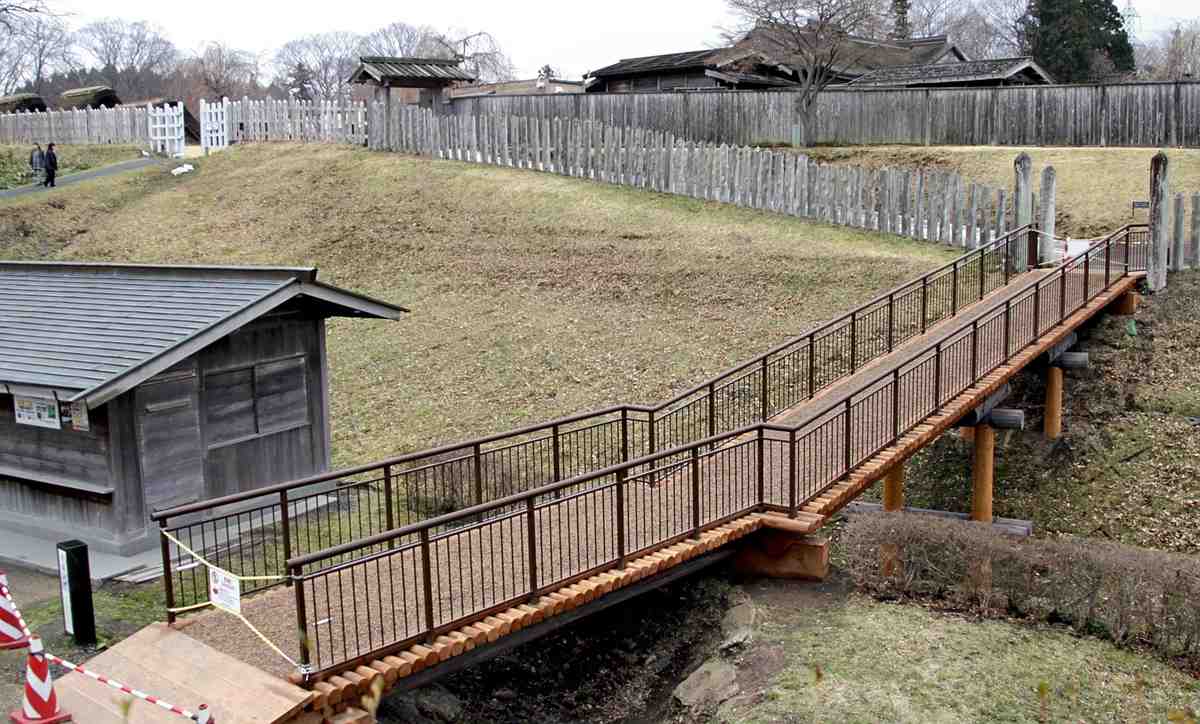
Reconstructed main building, well worth seeing
This castle, built in the 14th century, was owned by the Nanbu clan, who were based in this area. The castle is very well maintained, and the main building has recently been reconstructed, which makes the site well worth visiting. It has no keep, you say? Yes, that was the way castles were back then. I hope you will visit this castle and challenge your preconceptions about them.
Odawara Castle (Odawara, Kanagawa Prefecture)

Fortress for protecting the entire city
What probably comes to mind when you think of this castle is its Showa era (1926-89) reconstructed keep. But please pay attention to its surroundings, too. There are broad moats and earthen walls built by the powerful Hojo clan that sprawl around the city as if to protect the entire place. They are just overwhelming. I hope you feel the grandness of its scale while visiting.
Okinawan castles
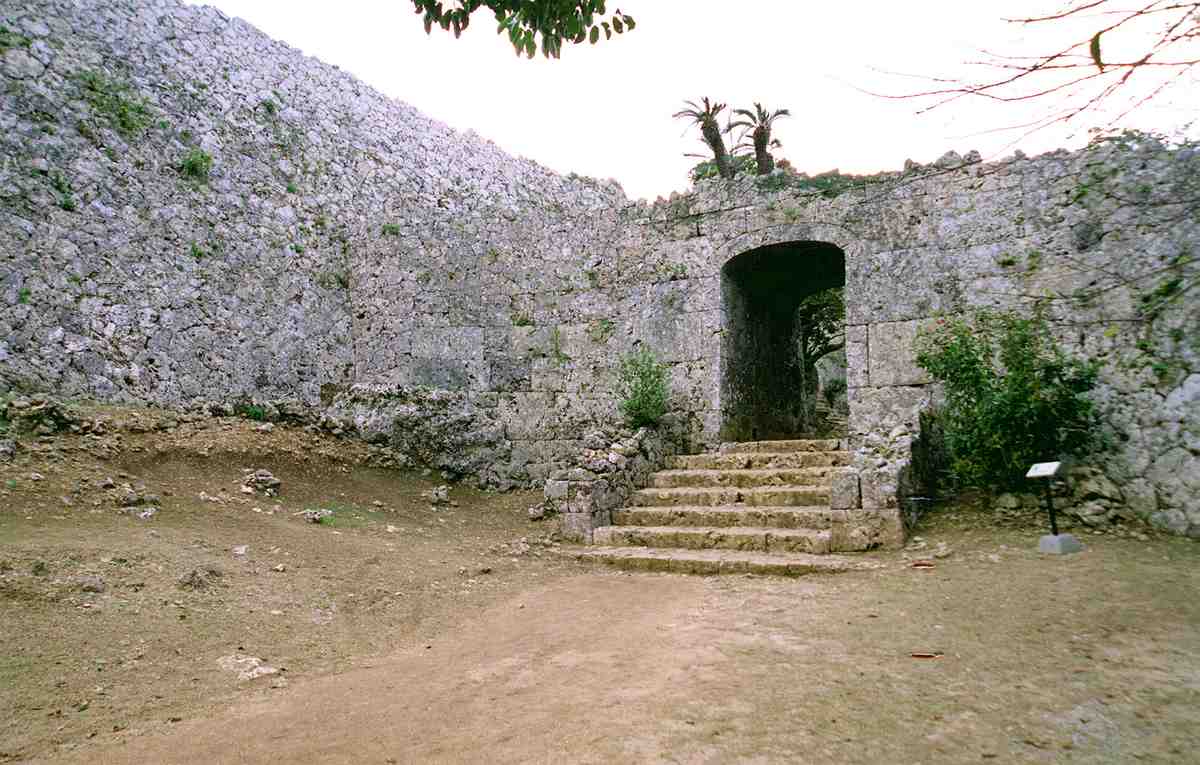
Ruins with elegant stone walls
How about enjoying visits to castle ruins in Okinawa Prefecture? The characteristic castles there are called “gusuku” and have stone walls with a distinct construction style. They are often elegantly curved. If I had to name a favorite among them, that would perhaps be Nakagusuku castle (in the village of Nakagusuku). Its arch-shaped gate and stone walls are very well preserved.
Ichijodani Castle (Fukui Prefecture)
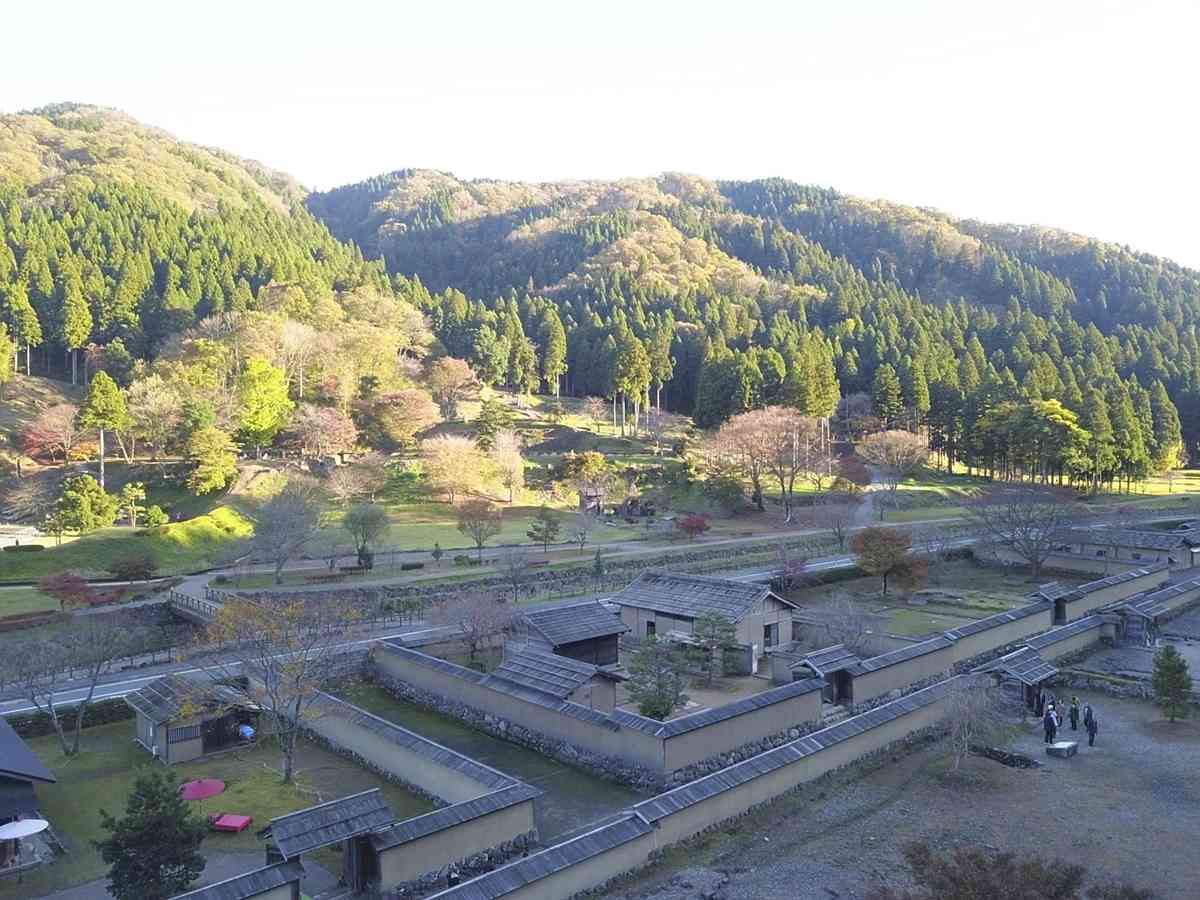
Wondrous ruins still under examination
Ichijodani is the name of the place that used to belong to the Asakura clan, where the ruins of both the castle town and the lord’s residence miraculously still remain. Excavations and examinations of the site are ongoing, so there are always new discoveries whenever one makes a visit. It carries the influence of Kyoto’s culture. Now that Shinkansen bullet train service has extended to Fukui, please visit the ruins.
Kochi Castle (Kochi Prefecture)
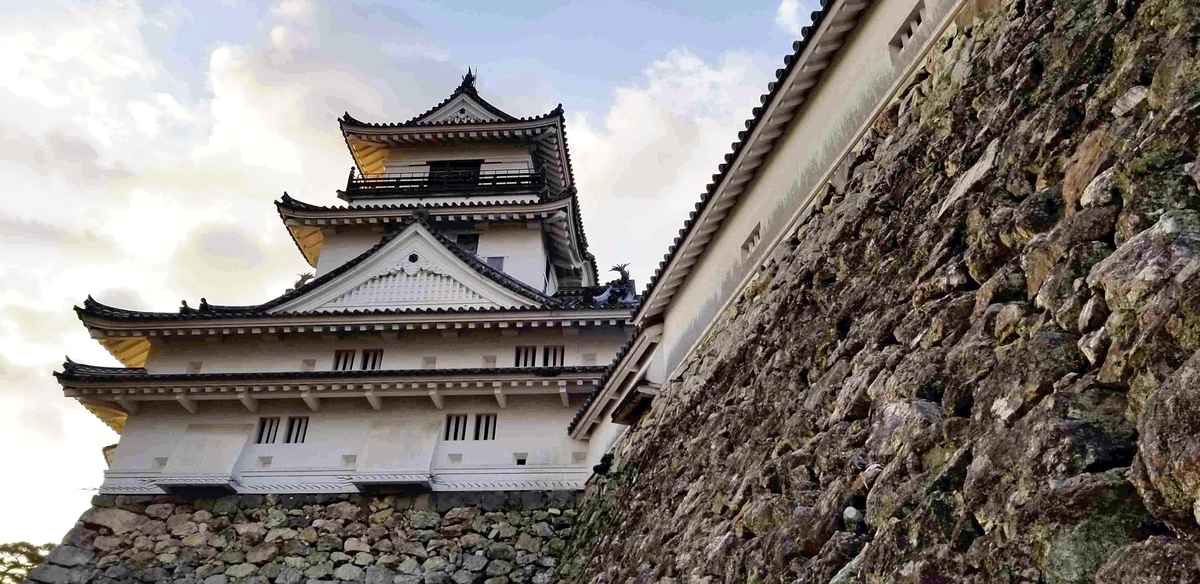
Donjon, main palace remain
This castle was built by Yamauchi Kazutoyo, a feudal lord who was assigned to Tosa (the old name for Kochi) after the Battle of Sekigahara in 1600. In Japan, there are 12 castles with donjons left over from the Edo period or earlier. Kochi Castle is the only one among them that has both the keeps and the main palace intact. What’s more, the donjon and the main palace are connected to each other, which is quite an unusual structure.
"Features" POPULAR ARTICLE
-

Sanrio to Open Museum in Yamanashi Pref. Dedicated to Founder, Exhibits Include Hello Kitty, Other Characters
-

Autumn Foliage Surrounds Visitors to Tokyo’s Showa Kinen Park
-

My Daughter No Longer Speaks to Me, But I Want to See Her and My Grandchild
-

Kumamoto: Public Bath Refurbished as Library Where You Can Chat, Take Photos
-

Frozen Vegetables: Demand Rises for Convenient, Tasty Domestic Produce
JN ACCESS RANKING
-

Keidanren Chairman Yoshinobu Tsutsui Visits Kashiwazaki-Kariwa Nuclear Power Plant; Inspects New Emergency Safety System
-

Imports of Rare Earths from China Facing Delays, May Be Caused by Deterioration of Japan-China Relations
-

University of Tokyo Professor Discusses Japanese Economic Security in Interview Ahead of Forum
-

Japan Pulls out of Vietnam Nuclear Project, Complicating Hanoi’s Power Plans
-

Govt Aims to Expand NISA Program Lineup, Abolish Age Restriction





